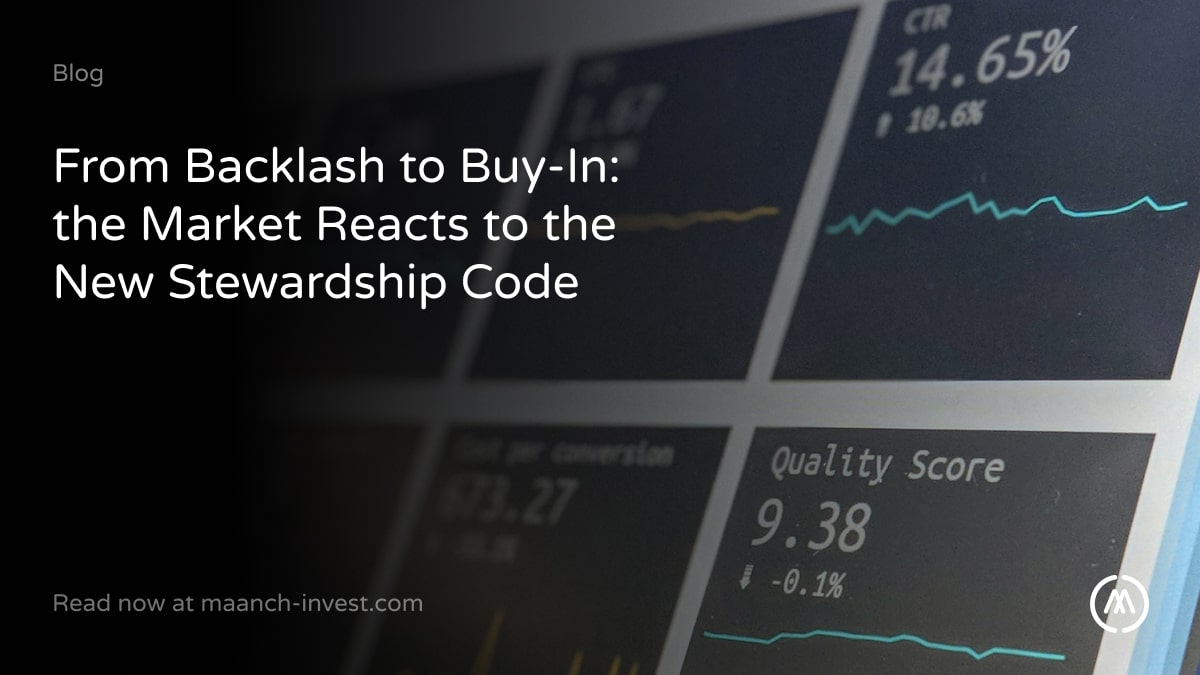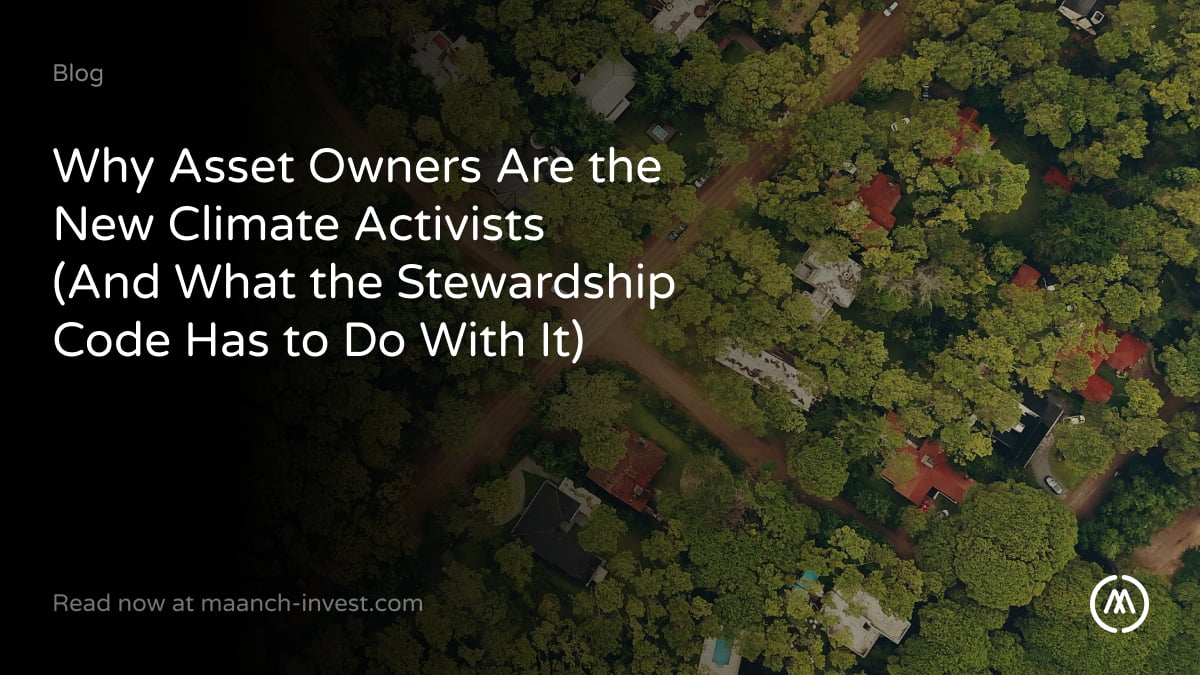Being an effective philanthropist requires as much thought as a good investment. It’s worth the time and the effort, because it’s not just the donor gaining the benefit of the satisfaction and stimulation of making a difference but also society and our planet, where the needs are enormous.
So, as an individual, how can you move forward in your philanthropic giving? How can you ensure that you are not just satisfying your conscience, but taking real philanthropic responsibility to ensure that your money makes as great an impact as possible? And, more widely, what does the philanthropy market look like? How does it need to change to become more efficient, in particular to work more efficiently towards achieving the United Nations Sustainable Development Goals?
David Stead of Maanch discusses these questions in his lecture at the University of Geneva. He also considers how social impact investing ties into these issues, what the relationship is between philanthropy and impact investing, and how we can incorporate these learnings into building back better post-COVID-19.
Here is a summary transcript from David’s lecture:
Areas for individuals to consider over time, as their approach to philanthropy gets more sophisticated
Systems thinking can help ensure that you work with others to address issues in a coordinated way across a community or causal area, identifying the inter-dependencies and blockers early on. For example, what does the inter-connected system for education look like? And what are the root causes of under-performance?
Place-based giving means starting bottom-up with an understanding of the local community, allowing the people affected to explain their own needs and to help provide the right solutions for themselves. This is in contrast to the traditional philanthropy model of “we know best”; top-down programmes created from outside being “done to them”.
The inefficiencies of philanthropy
If you see philanthropy as a market, it is a very inefficient one. There is plenty of wealth and huge demands from charities, but getting funds where they are most needed is still very difficult. The market lacks transparency, well-funded intermediaries, tech innovation, and quality data. It is hard to see where the greatest need is; it is slow to get funds there; and it is difficult to see the impact made and to stay engaged over time.
But this is changing. The pandemic may well have accelerated progress.
The role of tech in enhancing philanthropic efficiency
A good example is digital matching between what a charity needs and the funder’s appetite. This works to improve what is currently a very inefficient capital allocation system, so as to ensure that that money gets to where it is needed. One example is Maanch which, on the M GIVE side, helps charities show their impact according to the SDGs 2030 and match to funder aims. Another example is Ethical Angel, which matches the specific skills or projects a charity needs with those of company volunteers.
Good data is critical, and it is now being shared on new platforms. For example, 360 Giving’s GrantNav shows where grants have been made by region and by cause in the UK. Another example is Brevio, which streamlines the painful areas of charity due diligence and funding applications.
And the potential for Artificial Intelligence, AI 4Good, is beginning to be realised. For example, quickly understanding the patterns in huge amounts of data, funding very specific needs in real time, feeding ideas for new bespoke services matched to a donor’s aims, transforming charity reporting, or freeing staff from repetitive tasks to focus on impact and donor relationships. That said, it’s still early days with AI. There are bound to be some ethical and data privacy issues along the way.
Tech will speed up cumbersome processes. Millennials are used to instant decisions made on mobile devices. I feel certain that time will bring these faster services, but I wonder, will the necessary patience also be there? Patience to learn about the issues, the underlying reasons for them, the solutions already being used to address them, and the long timescales often required to make a lasting impact.
It’s critical that long-term, sustained interest wins out over quick but transient support. Understanding and commitment are key to meaningful change.
Impact Investing
Finally, I would like to touch on the global trend towards investing for impact; that is, investing with the direct intention of making a social or environmental impact, not just a financial return. Looking across the many tools in the social finance spectrum, from grant-making and repayable finance through to impact investing, ESG and SDG-directed investments, it’s possible to take a portfolio or “total assets” approach to investing in the change you want to see. Whether as an individual or a Foundation. This means having one holistic impact strategy, and seeing all your assets, grants and investments, working together as a force for good.
This is exciting and it’s beginning to happen. More funds are ESG and even SDG aligned (some of them for real!), more social enterprises and B-Corps are being established, and more pressure is being put on companies by employees, customers and investors to do the right thing for people and the planet.
My main message here is that it shouldn’t be a question of philanthropy or impact investing, as they both have important and different roles to play. Rather, think about how these can work together to work towards the 2030 Agenda, solve problems and capture new opportunity.
A note of hope
Whilst it goes without saying that COVID-19 has been terrible in a multitude of ways, it has also forced people and organisations to think and act differently. More collaboration- amongst individuals, companies and foundations- has led to bigger, more coordinated funds. COVID has also amplified the need to focus on outcomes, alongside the need to focus on marginalised or minority groups. It has reminded us all of the importance of unrestricted cash giving (rather than impact investing) when there is an emergency and the need is urgent. And now time is being devoted to “Building Back Better” – which I hope will incorporate technology solutions and the impact portfolio approach I outlined above.
Learn more about how Maanch uses tech to enhance progress towards the UN SDGs. Subscribe to our newsletter here.
Click here to learn more about David Stead.




